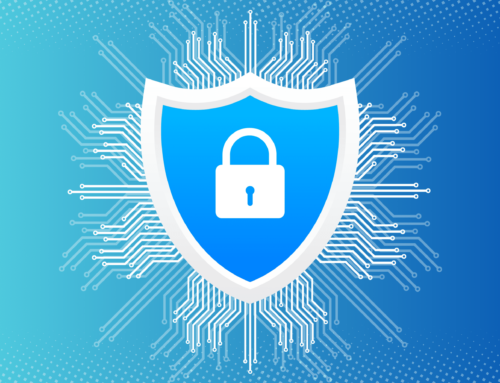Technology has become an integral part of our everyday lives, from smartphones to wearables, there’s a digital solution for almost everything. This includes healthcare, where digital technology revolutionizes how we prevent, diagnose, and treat medical conditions. However, with this rapid advancement comes the need for reliable digital technology assessment criteria to ensure effectiveness and safety.
Introducing Digital Technology Assessment Criteria (DTAC)
The world of healthcare is constantly evolving, and so are the methods used to evaluate new technologies. One such framework that has gained significant attention is the Digital Technology Assessment Criteria (DTAC). Developed by NICE (National Institute for Health and Care Excellence), DTAC provides a structured approach to assess the value and impact of digital health technologies within the National Health Service (NHS).
Understanding NICE Evidence Standards Framework for Digital Health Technologies
At the heart of DTAC NHS lies the NICE (National Institute for Health and Care Excellence) Evidence Standards Framework for Digital Health Technologies. It provides additional guidance on evaluating the effectiveness and safety of these technologies. This framework helps to ensure that robust evidence is gathered during assessments, supporting informed decision-making.
By aligning with the NICE framework, DTAC ensures that digital health technologies are evaluated against recognized standards. This approach brings consistency and confidence in decision-making processes for implementing these technologies within healthcare systems.
1. Safety: Safeguarding Patients & Healthcare Professionals
One of the main criteria assessed by DTAC is safety. This involves evaluating whether a digital health technology poses risks or potentially harms patients or healthcare professionals. It considers factors such as:
- Data Security
- Privacy
- Interoperability
- Usability
By prioritizing safety, DTAC ensures that any technology adopted by the NHS meets stringent standards to protect patients and those delivering care.
When discussing digital technology in healthcare, data privacy is an essential consideration. In the United States, the Health Insurance Portability and Accountability Act (HIPAA) sets forth standards to secure protected health information (PHI).
2. Clinical Effectiveness: Improving Patient Outcomes
Clinical effectiveness is another crucial aspect considered by DTAC. This piece of criteria focuses on determining whether digital health technology delivers measurable benefits in terms of improving patient outcomes or experiences. Robust evidence is required to demonstrate that the technology can effectively:
- Prevent
- Diagnose
- Monitor
- Manage
A specific condition. DTAC assures that only evidence-based technologies are adopted within the NHS by assessing clinical effectiveness.
3. Economic Impact: Value for Money
In an era of limited healthcare resources, it’s essential to consider the economic impact of adopting digital health technologies. DTAC NHS assesses whether a technology offers value for money by evaluating its cost-effectiveness and potential financial implications. These criteria help decision-makers determine whether investing in a particular technology will result in long-term savings or improved resource allocation.
4. Patient Experience: Empowering Healthcare Consumers
The patient experience is a critical factor in assessing digital health technologies. DTAC considers whether a technology:
- Enhances patient engagement
- Improves access to care
- Empowers individuals to take control of their health
It evaluates aspects such as:
- User-friendliness
- Accessibility
- Patient satisfaction
This ensures that technologies align with patients’ needs and preferences.
Aligning Security with Compliance
Digital Technology Assessment Criteria (DTAC) play an instrumental role in guiding the evaluation and adoption of digital health technologies within the NHS. The NICE Evidence Standards Framework provides a robust framework for assessing safety, clinical effectiveness, economic impact, and patient experience. By applying these criteria rigorously, healthcare professionals can make informed decisions about integrating digital technologies into clinical practice – ultimately leading to improved patient outcomes and enhanced healthcare delivery.
A large part of healthcare compliance relies on ensuring technological safeguards ensure the confidentiality, integrity, and availability of PHI. By utilizing Compliancy Group’s healthcare compliance software, you can be confident that your security practices align with regulatory requirements.







